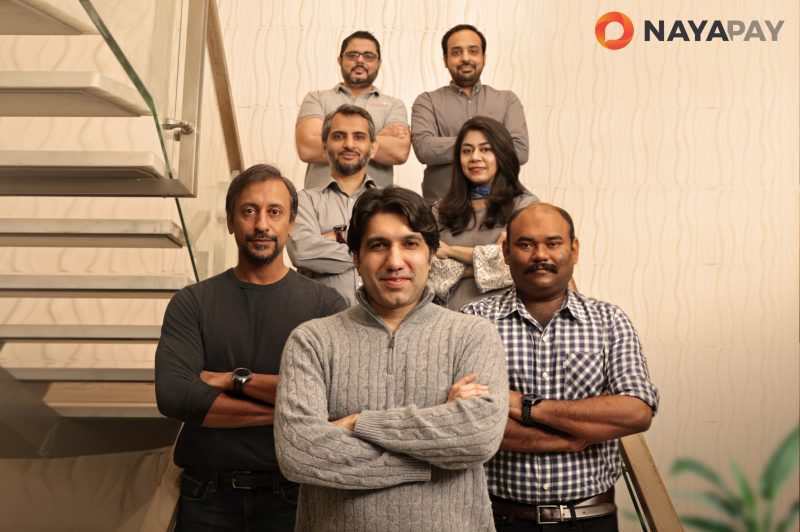Pakistan-based fintech platform, NayaPay, has raised $13 million in one of the largest seed rounds in South Asia, to deploy a multi-service messaging and payment app that aims to increase financial inclusion among unbanked adults in the region.
The round was led by:
- Zayn Capital, a London-based investment firm
- MSA Novo, Global fund manager
- Graph Ventures, an early-stage VC from Silicon Valley
Along with participation from Singapore-based Saison Capital, Waleed Saigol’s Maple Leaf Capital and Warren Hogarth; CEO Empower Finance and sponsors of the Lakson Group (a Pakistani conglomerate).
We were impressed by the completeness of the vision of the founding team at NayaPay, and their differentiated platform-based strategy– first focused on servicing the needs of underbanked consumers and SMBs with specific use cases and building out from there.”
~ Faisal Aftab, Managing Partner Zayn Capital Fronteir
NayaPay super-app allows Pakistani residents to send and receive money, split bills and make payments conveniently from smartphones. It also issues virtual and physical Visa cards linked to the NayaPay wallet to further facilitate digital payments.
Last year, the State Bank of Pakistan (SBP) issued a commercial approval to NayaPay to operate as the first Electronic Money Institution in Pakistan.
Students and freelancers usually considered high-risk clients by the traditional financial institutions are the first target market for NayaPay. It would soon be launching a SaaS-based platform called NayaPay Arc that primarily serves this group. This will offer universal payment acceptance and financial management tools for small and medium businesses.
“NayaPay Arc will provide universal payments acceptance and a range of business financial management tools to empower entrepreneurs and small business owners. The tools are intended to give business owners the visibility of their cash flows, pay suppliers and grow sales. “
~ Danish A. Lakhani, CEO and Founder NayaPay
With the latest funding, NayaPay targets to have 5 million users over the next five years and grow the number of digital payments. They also plan to introduce other digital financial services like lending and investment in future.








